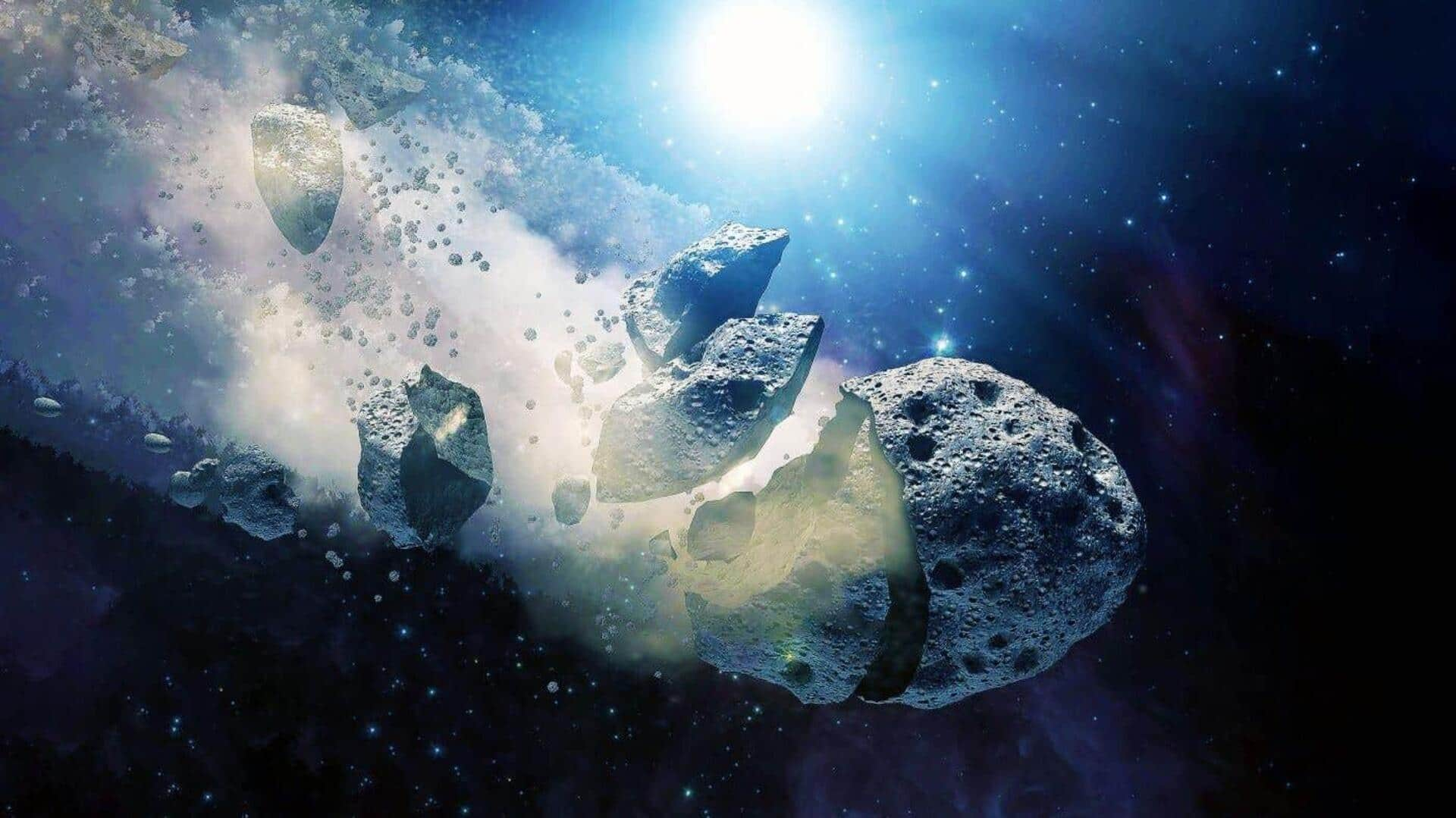
Space ice might not be similar to Earth's liquid water
What's the story
A recent study by scientists at University College London (UCL) and the University of Cambridge has revealed that space ice is not as amorphous as previously believed. The research, published in Physical Review B, shows that this cosmic ice contains tiny crystals within its disordered structures. The findings challenge the long-held view of space ice being a completely disordered material like Earth's liquid water due to low temperatures preventing crystallization during freezing.
Research methods
Study focused on low-density amorphous ice
The study focused on low-density amorphous ice, the most common form of ice in the universe. It is found in comets, icy moons, and star-planet-forming dust clouds. The researchers found that computer simulations of this type of ice matched best with experimental measurements when they included tiny crystals (about three nanometers wide) within its disordered structures.
Experimental evidence
Research team re-crystallized real samples
The research team also re-crystallized real samples of amorphous ice formed in different ways. They found that final crystal structure varied depending on origin of the amorphous ice. If it was fully disordered, they concluded, it would not retain any imprint of its earlier form.
Implications
Findings could affect Panspermia theory
The findings could also affect Panspermia theory, which suggests that life on Earth originated from building blocks carried by an ice comet. Dr. Michael B. Davies, lead author of the study, said their findings suggest this ice would be a less effective transport material for these origin-of-life molecules, due to its partly crystalline structure having less space for embedding such ingredients. However, he added that there are amorphous regions in ice where life's building blocks could be trapped and stored.
Questions
Questions raised about nature of amorphous materials
The study also raises questions about the nature of amorphous materials, which are crucial for advanced technology. For instance, the glass fibers that transport data over long distances need to be amorphous or disordered for their function. If these materials do contain tiny crystals and we can remove them, it could improve their performance.